Meet the Irrawaddy Dolphin

The Irrawaddy dolphin (Orcaella brevirostris) is a species of dolphin whose distribution extends from the Bay of Bengal to northern Australia. The most interesting aspect of this oceanic mammal, which

The Irrawaddy dolphin (Orcaella brevirostris) is a species of dolphin whose distribution extends from the Bay of Bengal to northern Australia. The most interesting aspect of this oceanic mammal, which

Continuing on the journey of discovery of exotic fruits here in Cambodia, today I’d like to present salak (Salacca zalacca). A product of a palm tree, salak belongs to the
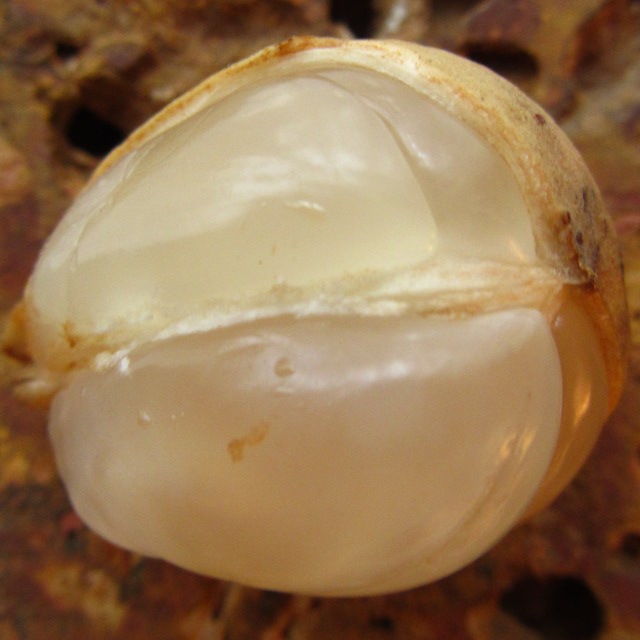
The tropical world is home to an incredible variety of unusual and tasty fruits, many of which are completely unknown outside of their natural location. One of them is langsat
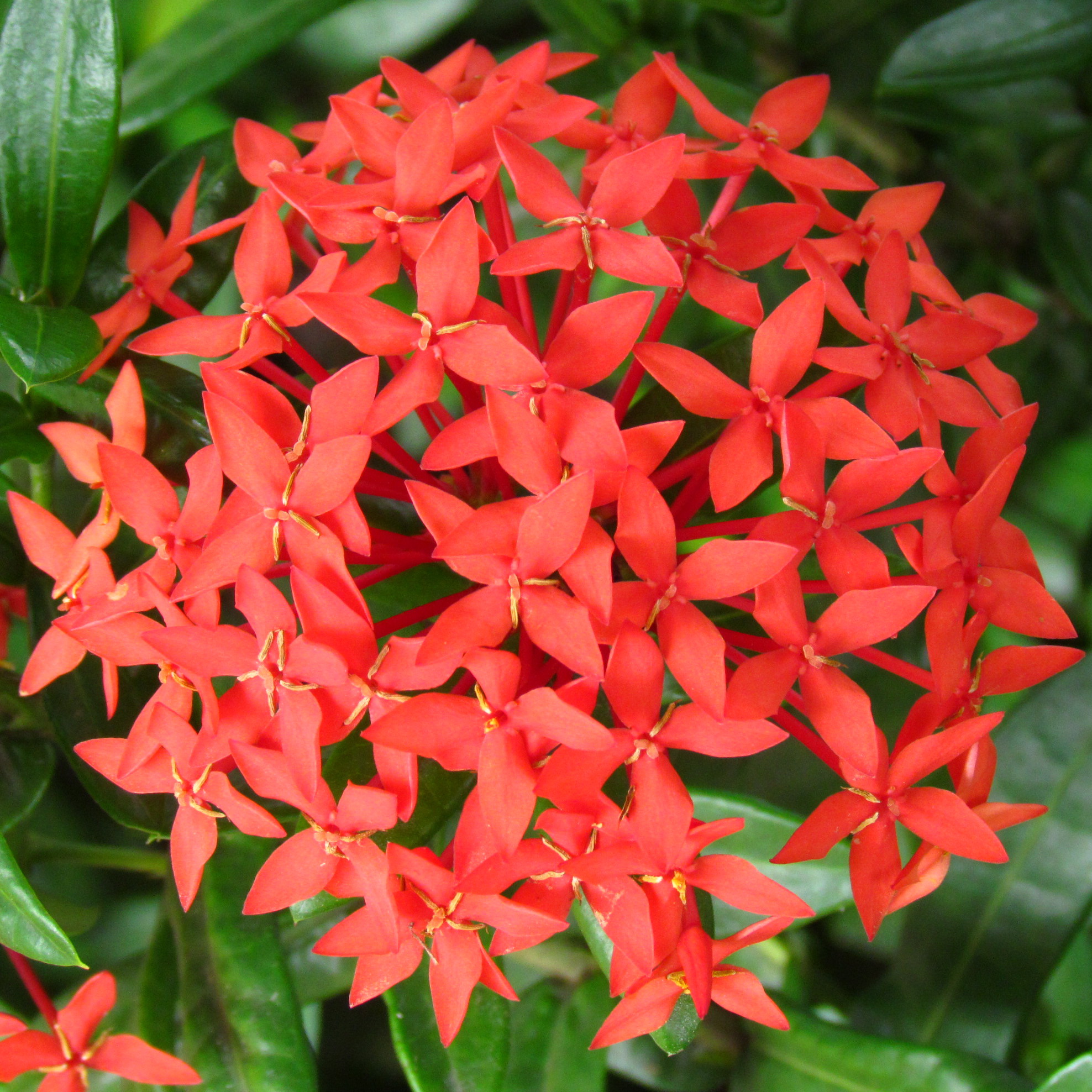
Ixora is a genus of a flowering shrub from the Rubiaceae family. There are hundreds of species and cultivated varieties that grow in numerous tropical gardens throughout the world. Perhaps
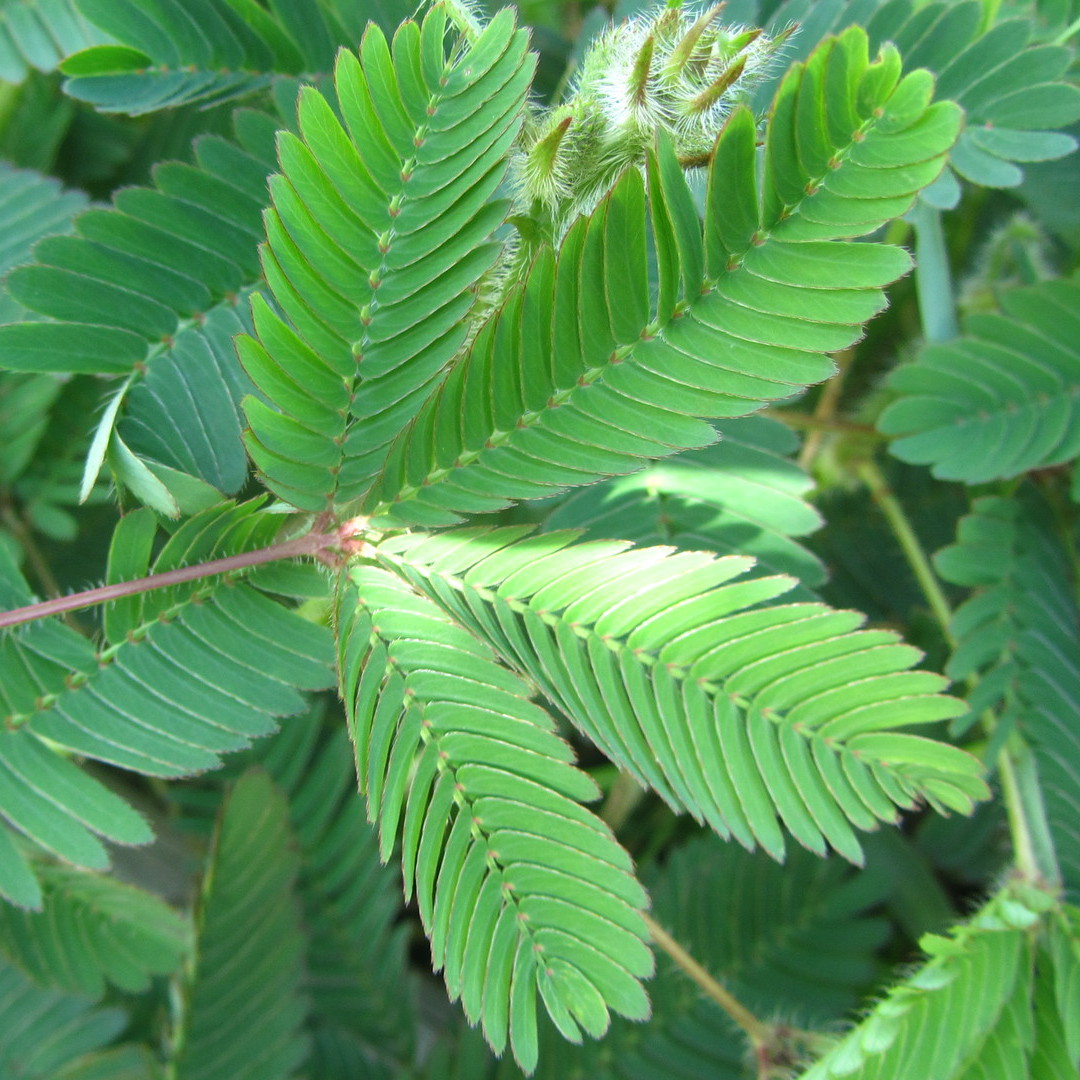
Seeing a wild animal advancing rapidly through its habitat is nothing unusual. But watching a plant perform rapid evasive movement, that’s truly unforgettable. The sensitive mimosa (Mimosa pudica), also known
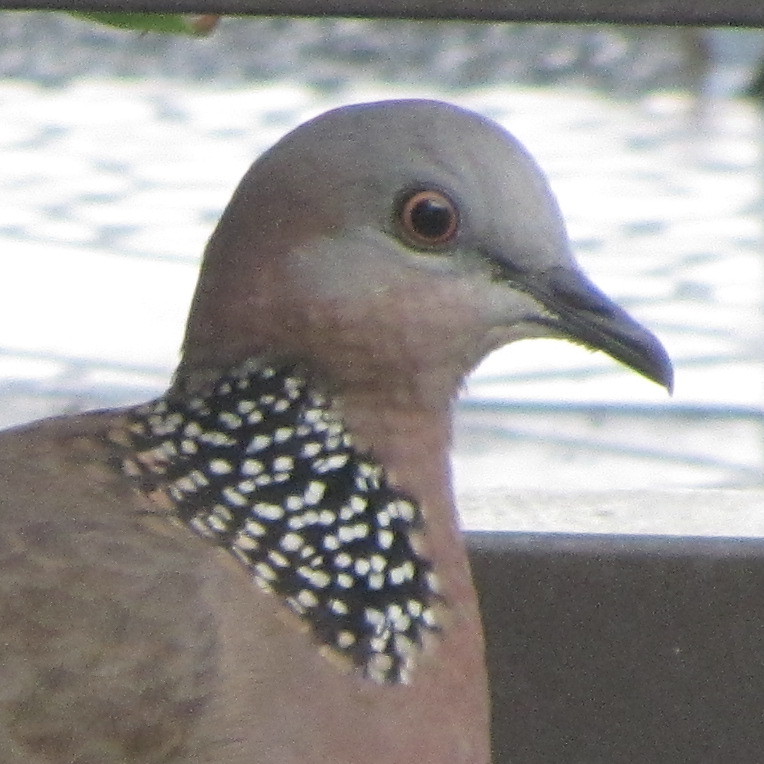
Witnessing the behaviour of animals in nature and their relationships is never short of astonishing. The case of the rescued Spotted dove (Spilopelia chinensis) baby, which was cruelly expunged from
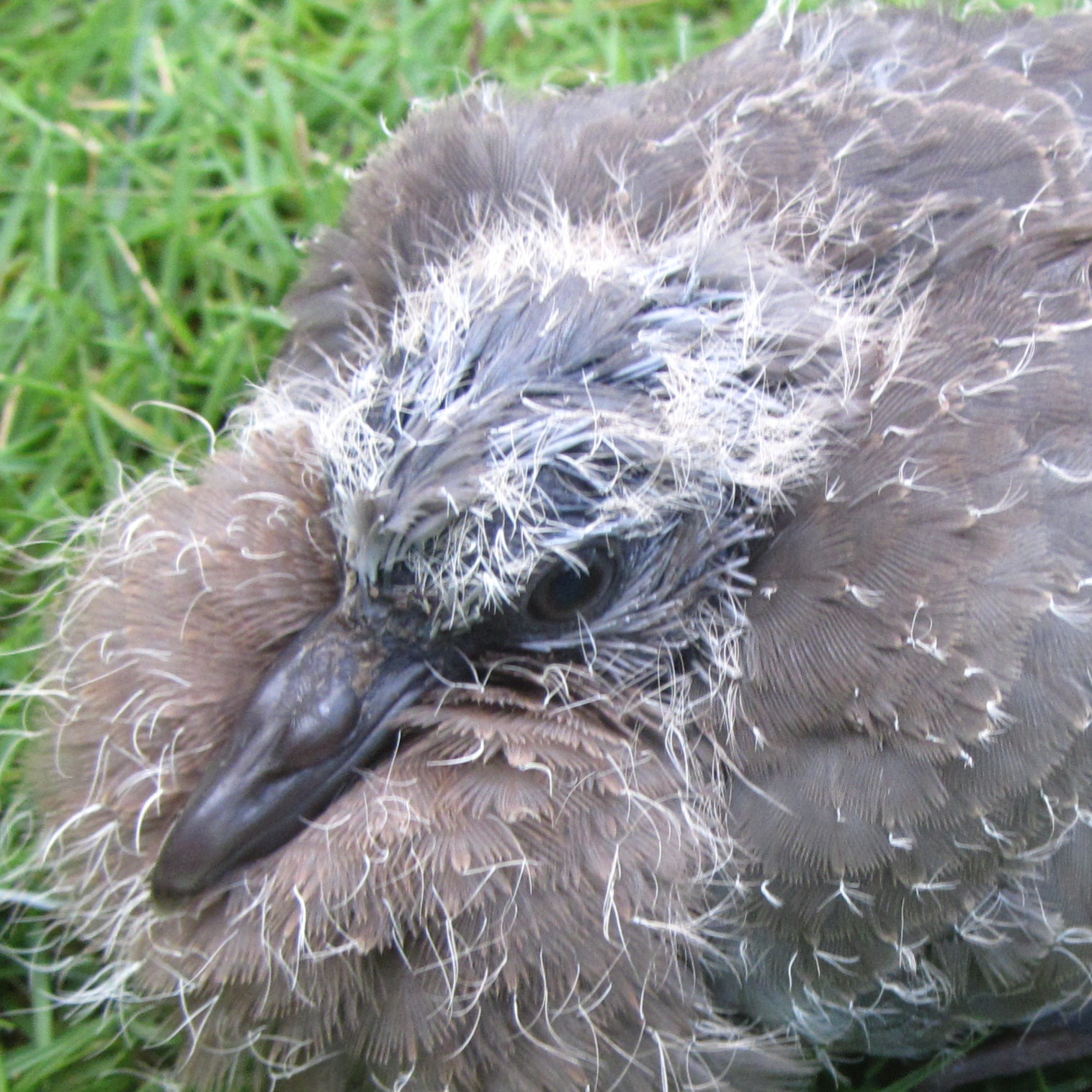
Typhoons can cause enormous damage not only to plants and farms, but also to wild animals. One of the victims of the foul weather earlier this week was a baby

One of the less pleasant aspects of living on islands or in the coastal areas of climatically warmer zones is the threat of devastating tropical storms. These are usually referred
High drama in the aviary for the past two days. On Monday evening, when I walked into the shed which is attached to the house and where a fenced-off area